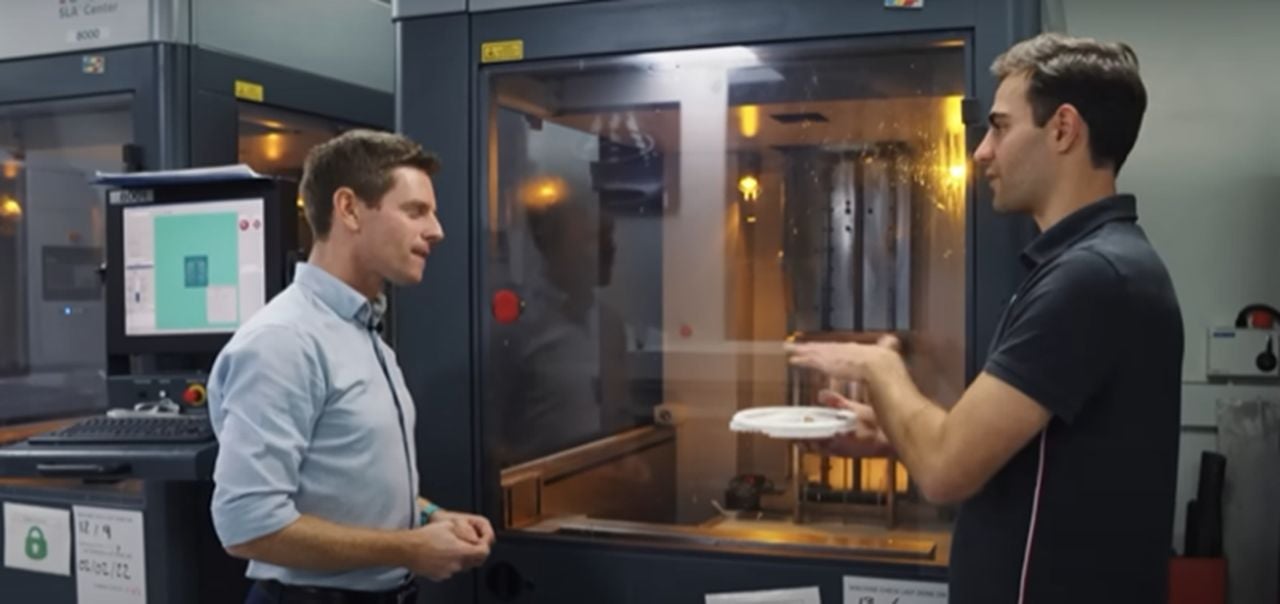
Charles R. Goulding and Preeti Sulibhavi examine the increasing use of 3D printing technology in the F1 world.
For those of you who have been watching the Netflix series, “Formula 1: Drive to Survive,” and are all caught up on Season 5, you are already aware of the energy and competitiveness involved in the racecar industry.
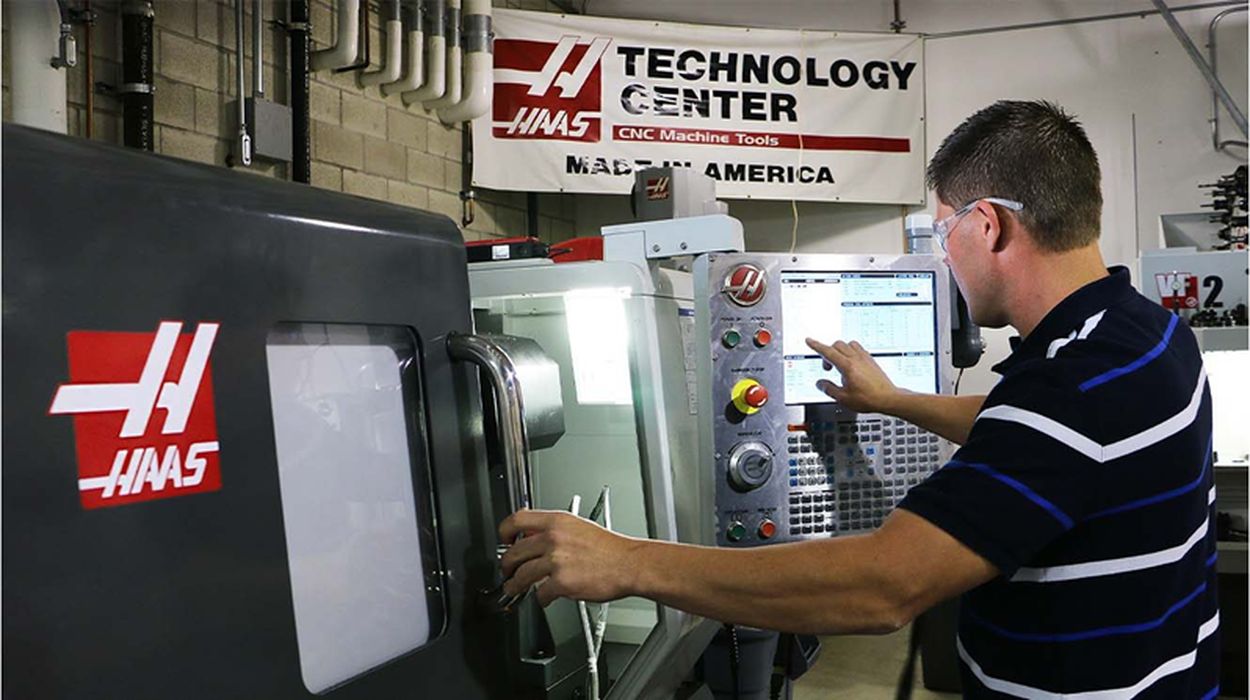
Some of the teams featured in the Documentary include Haas, Ferrari, Mercedes, McLaren and Oracle Red Bull Racing. The way the series captures the competitive demands of the industry, the energy of the drivers, the owners, the diverse backgrounds and the demands and dangers of the sport is really astonishing. This piece will delve into less of the drama and more of the developments related to 3D printing underway at some of the Formula 1 teams.
The top five Formula 1 teams featured in the Netflix series mentioned (Haas, Ferrari, McLaren, Mercedes, and Oracle Red Bull Racing) are actively developing new technologies to advance their teams.
Haas
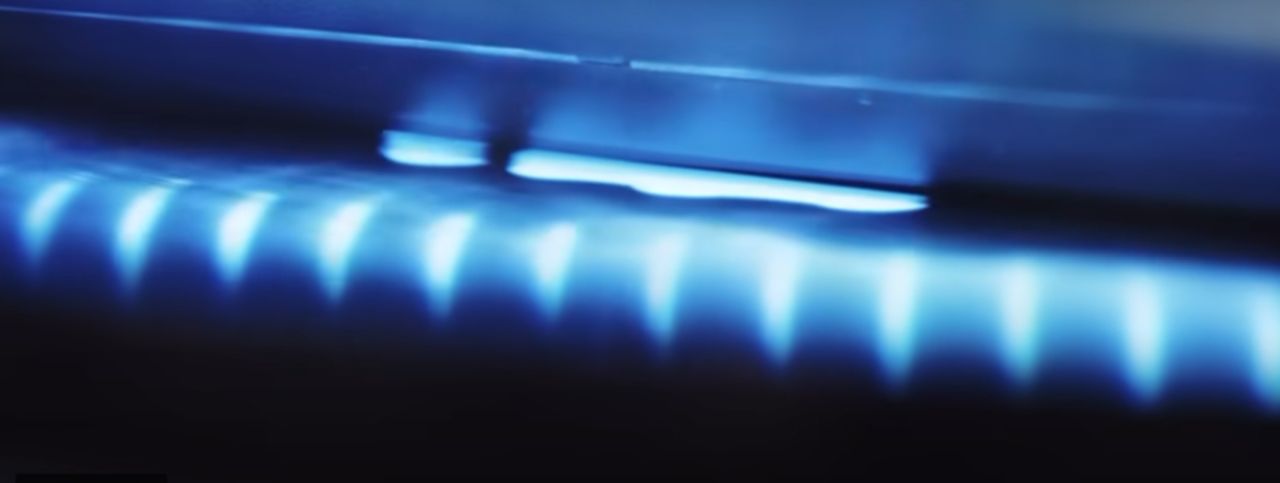
Haas Automation is the largest machine tool builder in the US, and one of the leading manufacturers of CNC machines, globally. Formula One keeps Haas top of mind for automation and machine tools. As you can imagine, its Formula One team has a critical advantage in regard to parts and components. Haas’ motto is that behind every great machinist is great tooling. Whether it is a vertical mill, a lathe or a newer robot automation package, Haas delivers solutions with great results.
Mercedes
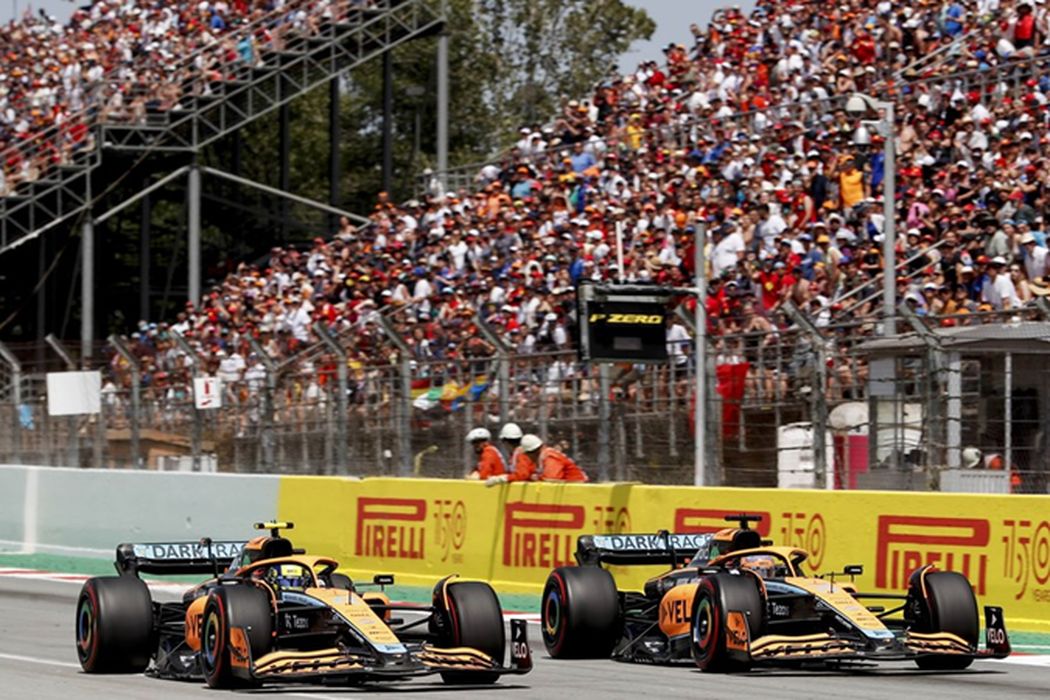
Mercedes is a leading global luxury car brand that makes substantial use of 3D printing in its core business. The new uses of 3D printing in its Formula One program can be implemented in the mainstream auto business. With Formula One Mercedes has been using 3D printers for over 10 years. The parent company Daimler Benz also makes extensive use of 3D printing in its Daimler Truck and Daimler Bus business divisions.
At the Mercedes’ prototyping center, the team is utilizing 3D printers to create custom prototype parts for their vehicles. There are many uses of 3D printing in the auto industry. Whether it is for Formula One or for the development of the latest electric vehicle, 3D printing has been a part of these activities. 3D printers can be used for prototyping parts, as was the case with Mercedes, or for repair functions as well.
McLaren
McLaren, in addition to Mercedes, is also experimenting with 3D printers. As stereolithography 3D printing technology and materials have evolved, so have the ways in which McLaren exploits the technology. While wind tunnel models and prototypes are still a key use case, the team also produces a lot of full-scale components and production tooling. For example, using Somos DMX SL-100 resin with the Stratasys Neo800 3D printers, the team is printing sacrificial tooling to allow the composite lay-up over the mold.
Then, through a unique extraction process, the resin is removed after autoclaving leaving the cured composite part ready for use. This allows designers to realize hollow or convoluted composite parts easily without the need for costly and time-consuming complex molds and core manufacturing.
With supply chain challenges and delay times, often 3D printers can help in situations by providing critical repair parts.
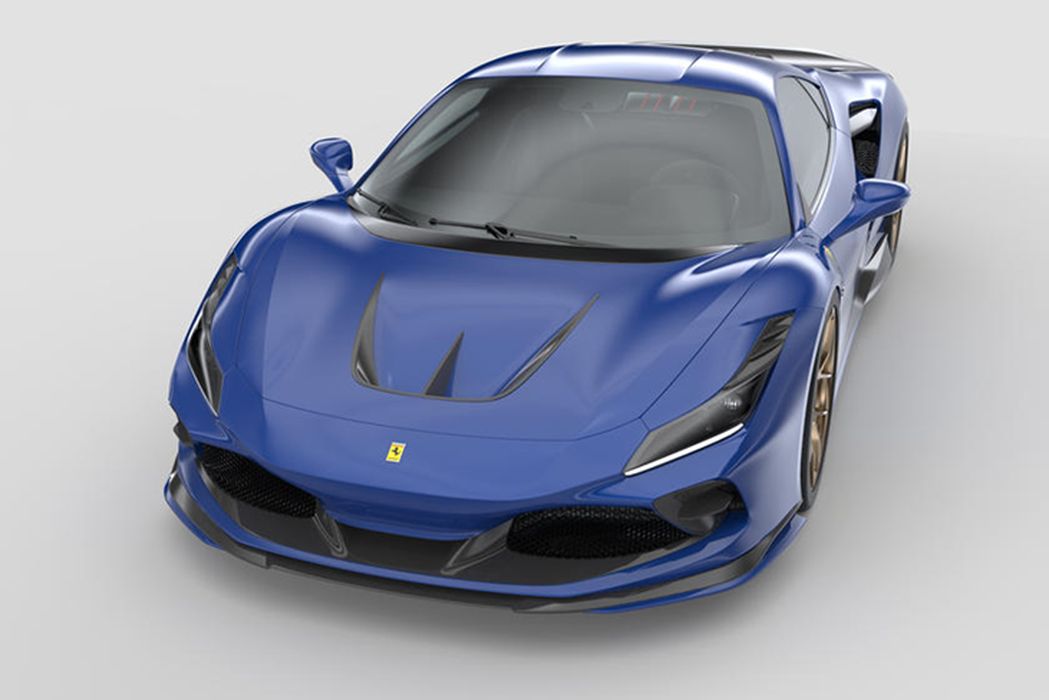
McLaren has been using 3D printers to fabricate parts for their F1 team race cars. For instance, McLaren used a 3D printed structural bracket for a race car using a Stratasys 3D printer in recent years.
Ferrari
It’s no surprise, Formula One leader, Ferrari, is also utilizing 3D printing technologies. Some recent examples of 3D printing developments at Ferrari include deploying 3D printed sensor mounts onboard some of its race cars including the F1-75 race car. The sensor mounts were fitted on the Scuderia Ferrari F1-75 during an Australian Grand Prix practice session in order to better measure inboard and outboard front wing height under pitch, roll and heave via laser ride height sensors.
In 2021, Novitec, gave the standard Ferrary F8 Tributo a carbon-fiber “facelift.” Novitec upgraded the suspension to generate 800 horsepower, using a carbon-fiber kit that was comprised of 3D printed parts. These 3D printed carbon fiber components included: new hood vents, a front aero lip, bumper inserts, side skirts, rear spoiler, rear diffuser and rear J-shaped vents. Not only did this enhance the F8 Tributo’s style, but it improved the aerodynamics of the race car as well.
Oracle Red Bull
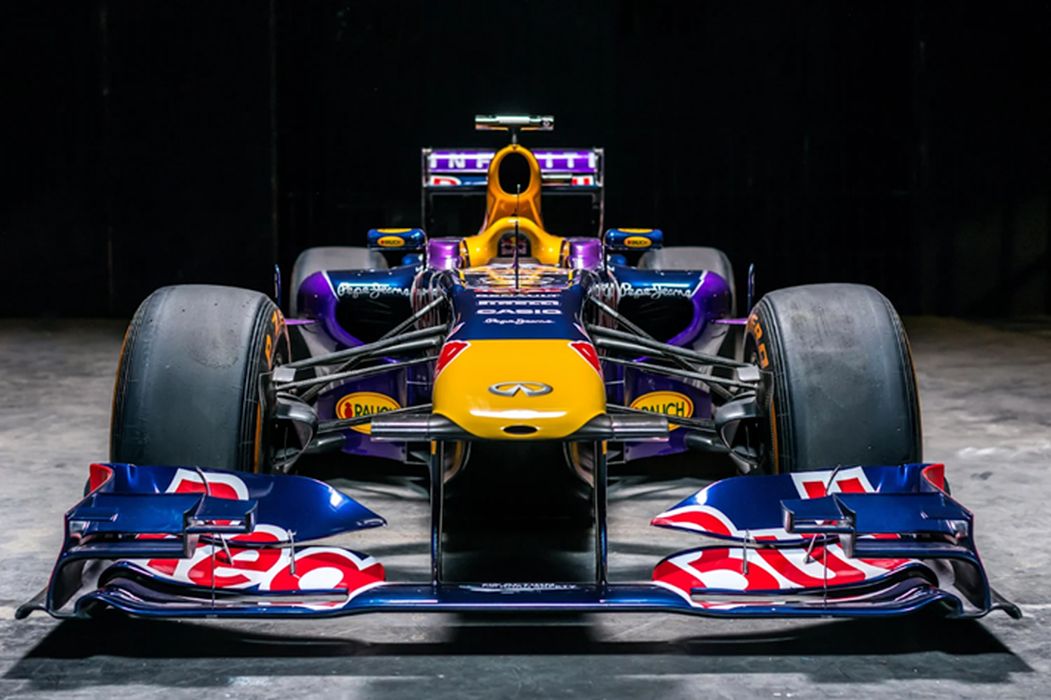
Oracle Red Bull Racing believes 3D printers can help evolve the car racing industry. 3D printed parts can be tested for aerodynamic performance and durability as well. Red Bull commented that 3D printing’s only current limitation is the availability of more robust materials. That may not be the case sooner than later.
The Research & Development Tax Credit
The now permanent Research and Development (R&D) Tax Credit is available for companies developing new or improved products, processes and/or software.
3D printing can help boost a company’s R&D Tax Credits. Wages for technical employees creating, testing and revising 3D printed prototypes can be included as a percentage of eligible time spent for the R&D Tax Credit. Similarly, when used as a method of improving a process, time spent integrating 3D printing hardware and software counts as an eligible activity. Lastly, when used for modeling and preproduction, the costs of filaments consumed during the development process may also be recovered.
Whether it is used for creating and testing prototypes or for final production, 3D printing is a great indicator that R&D Credit eligible activities are taking place. Companies implementing this technology at any point should consider taking advantage of R&D Tax Credits.
Conclusion
Start your engines because 3D printers are helping race cars maneuver better and helping their aerodynamic performance as well. Will 3D printers make it past the prototype and development finish line? We believe so.

